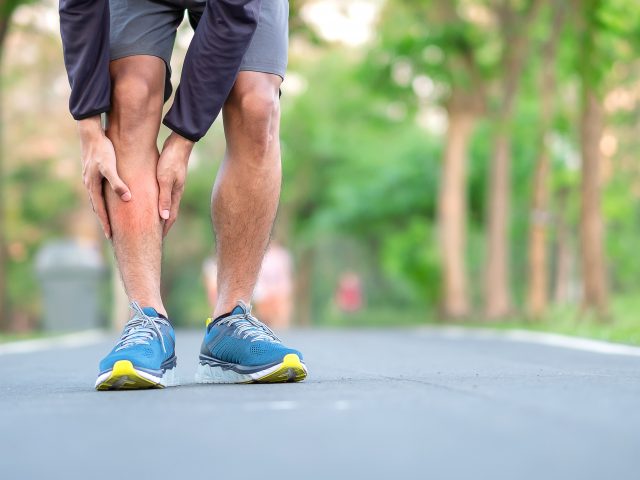What Are the Signs of Peripheral Artery Disease?

Pain in your legs or arms could be caused by peripheral artery disease (PAD), a condition that affects about 8 million Americans aged 40 and older. Understanding the signs and symptoms of this disease will better ensure you get the treatment you need if you have PAD.
People who have PAD usually notice symptoms in their legs, although the condition can also affect the arms. PAD results from blood vessels that become partially or fully blocked by plaque, a waxy substance that’s made up of fat and cholesterol. Depending on where this happens, less blood may flow to your legs or arms. Poor blood flow can affect the health of your limbs and can cause uncomfortable symptoms since blood carries oxygen and nutrients to your cells and tissues.
If you have PAD, you may have one or more of these symptoms:
- Pain when you move. You may notice that walking or moving your arms is painful. If you have PAD, the pain goes away when you stop walking or moving. Depending on the amount of pain, you may find it hard to do your job, care for your family or enjoy your usual activities.
- Cramps. Cramps in your arms, calves, thighs, hips or buttocks when you walk or use your arms could be caused by PAD. Your arms or legs may also feel heavy when you move or lift them.
- Sores. Do you have a sore on your arm, leg, hand or foot that never seems to get better? White blood cells and the oxygen in your blood help sores heal. If not enough blood reaches the area, it may take much longer to heal.
- Less arm or leg hair. Poor blood flow makes it hard for the hair on your legs and arms to grow as fast as it once did. If you’ve wondered why you seem to have less hair these days, PAD may be to blame.
- Slow-growing nails. Blood flow problems can also affect how fast your fingernails and toenails grow.
- Cool skin. The skin on your arms or legs may feel cool or numb. During the winter, your feet or hands might feel colder than usual.
- Pale skin. Your skin may look pale or even blue if not enough blood reaches your arms or legs.
- Weak pulse. Your doctor might have trouble finding a pulse in your wrist or feet if you have PAD.
Anyone can develop PAD, but your risk may be higher if you are over age 60, smoke or have high blood pressure, diabetes, hardening of the arteries or high cholesterol. In addition to causing pain and discomfort, PAD may increase your risk of heart attack, stroke and infection. That’s why it’s important to see your doctor if you have any of these symptoms.
Copyright 2022-2023 © Baldwin
Publishing, Inc..
Health eCooks™ is a designated
trademark of Baldwin Publishing, Inc. Any duplication or distribution of the information contained herein without
the express approval of Baldwin Publishing, Inc. is strictly prohibited.